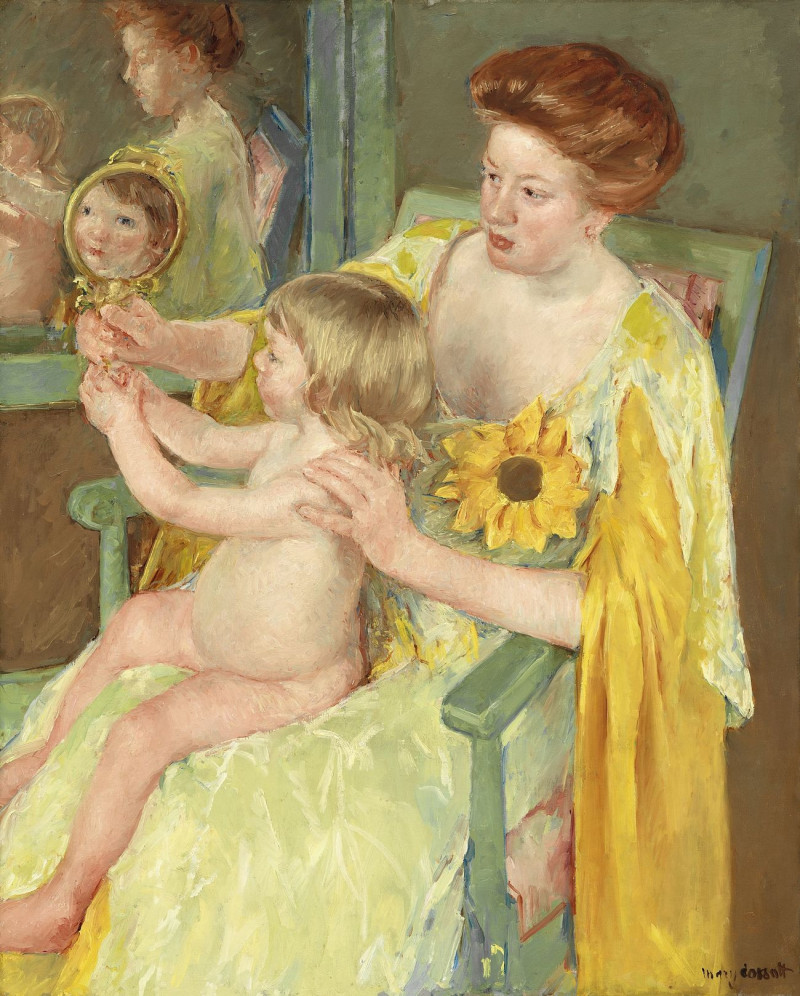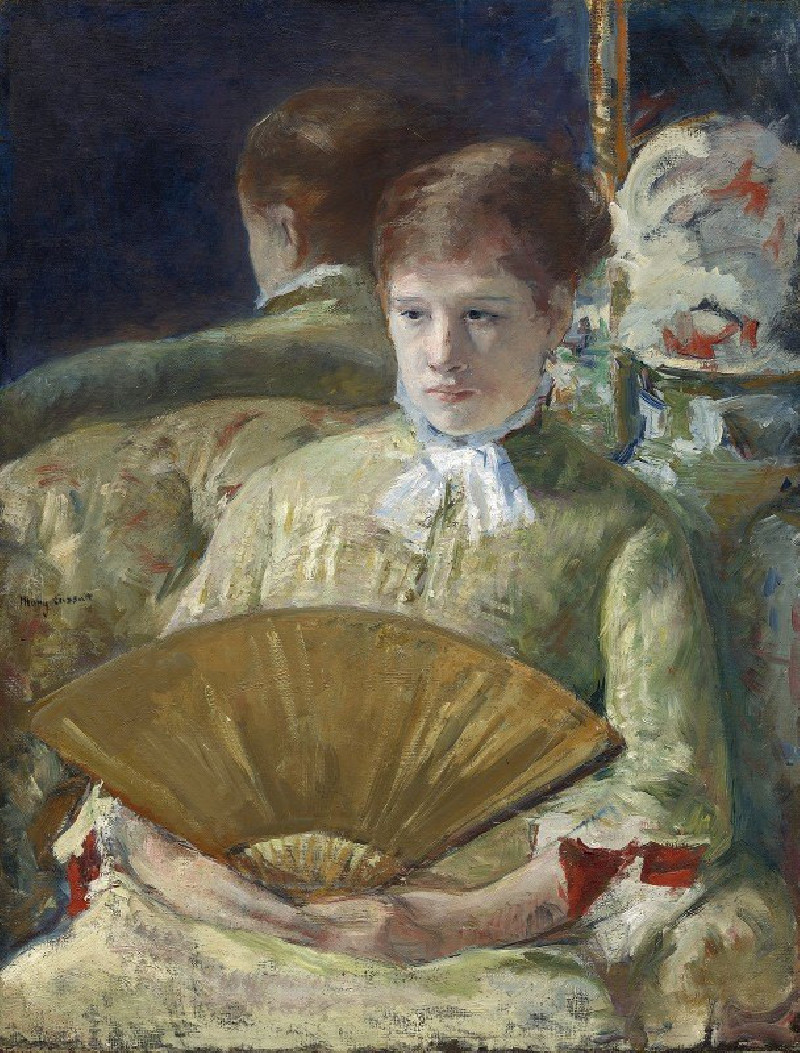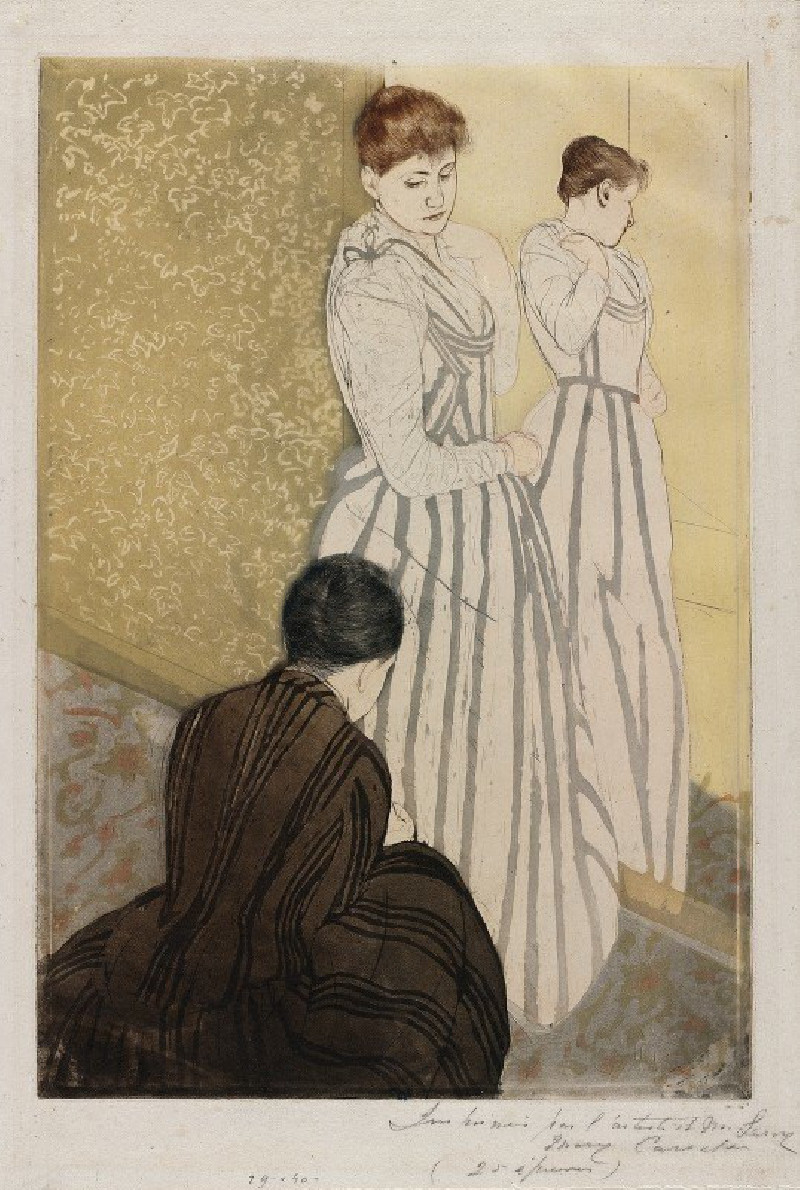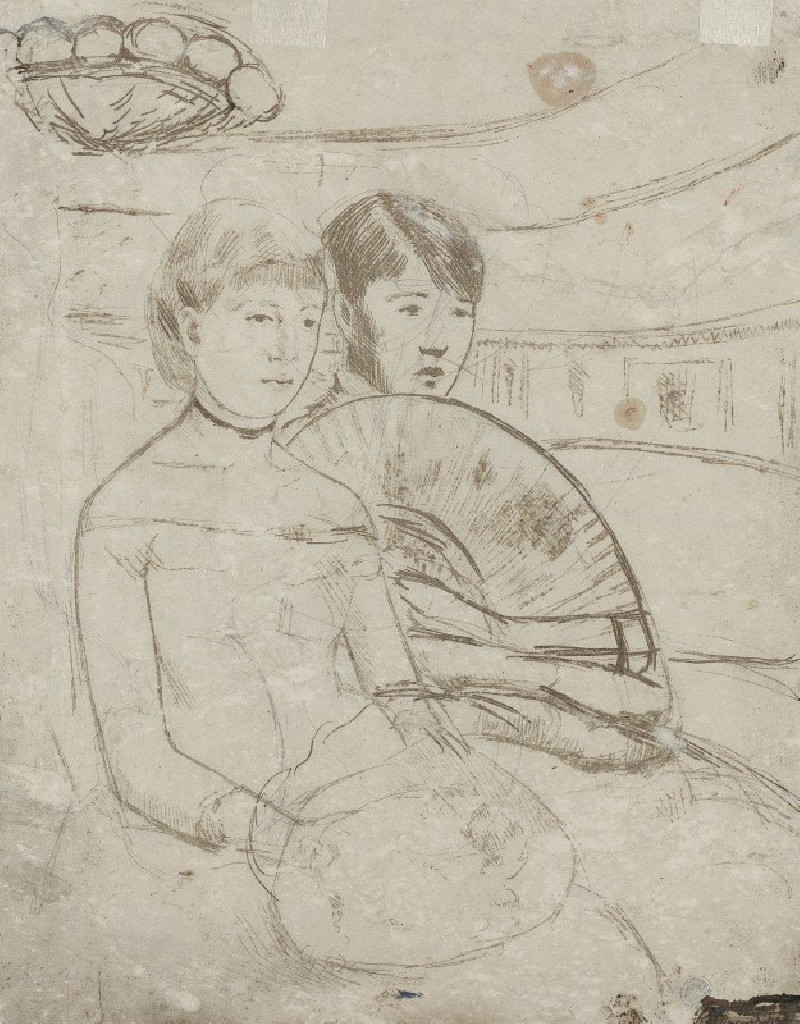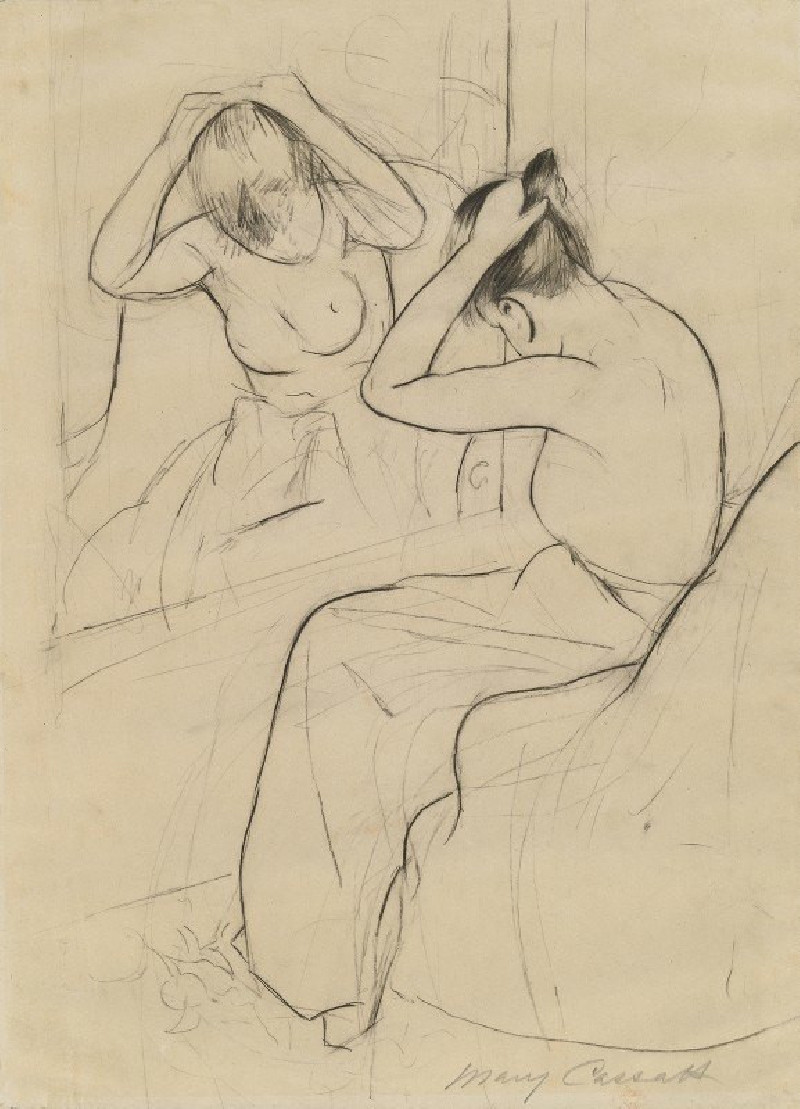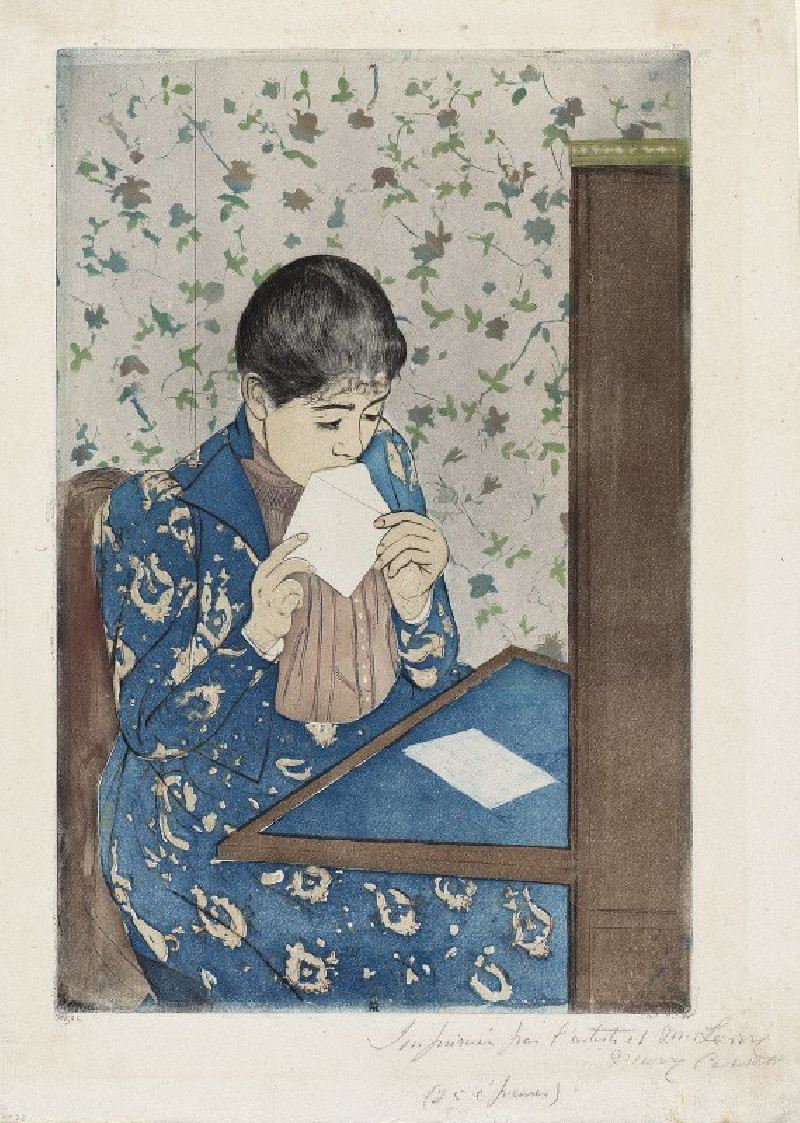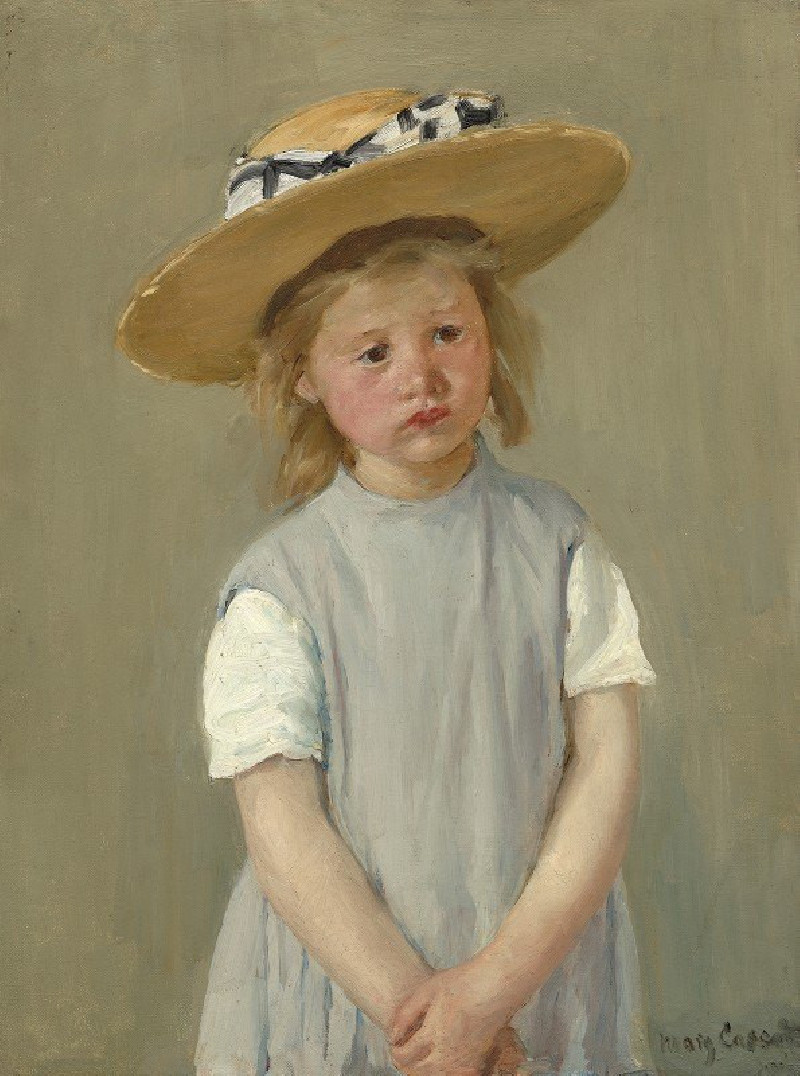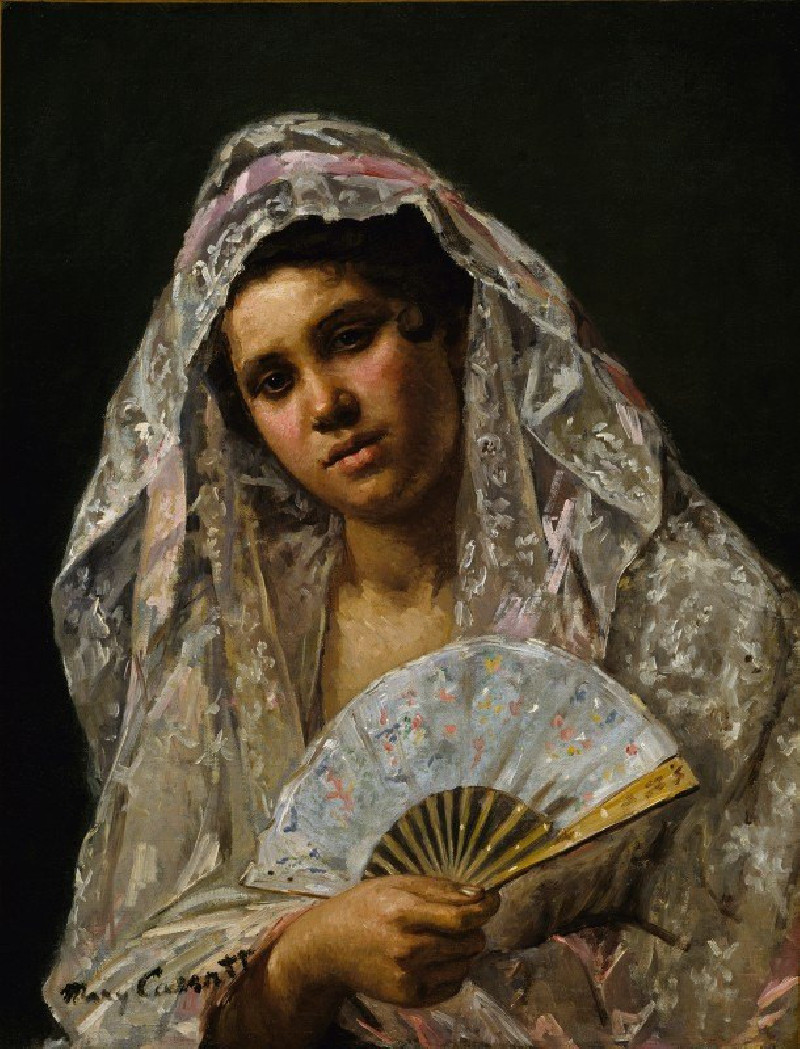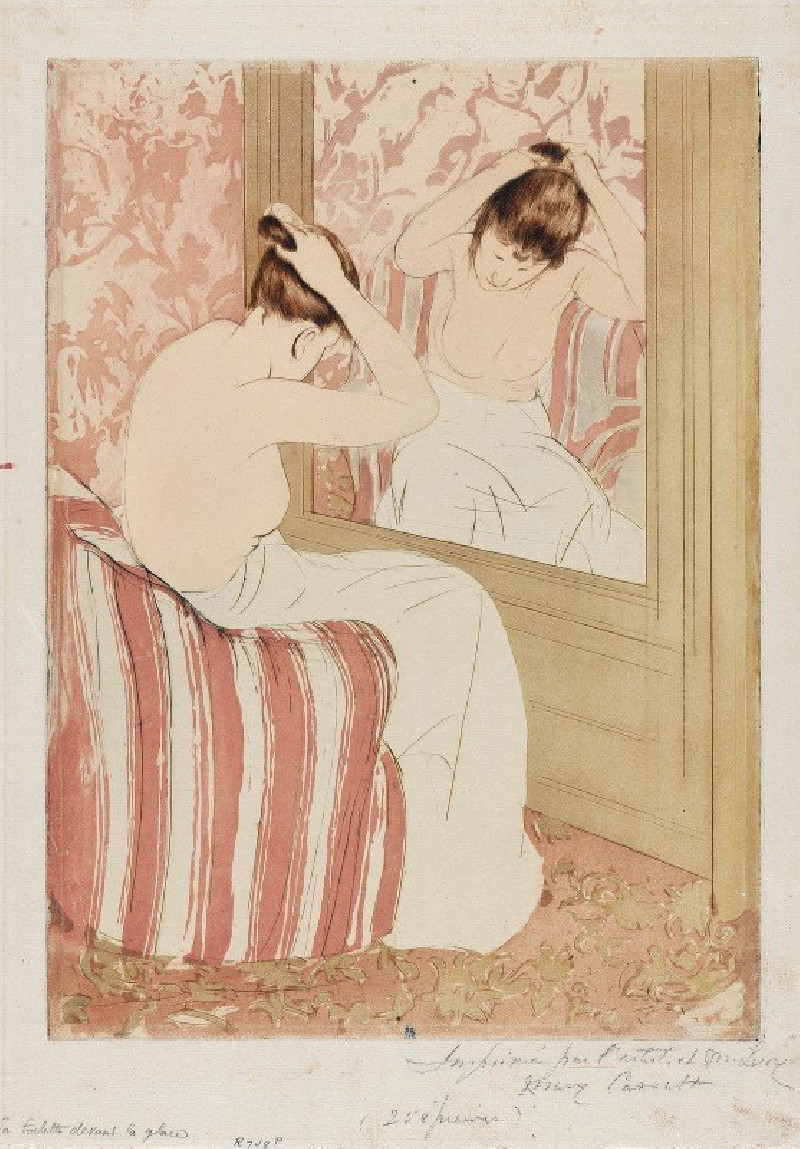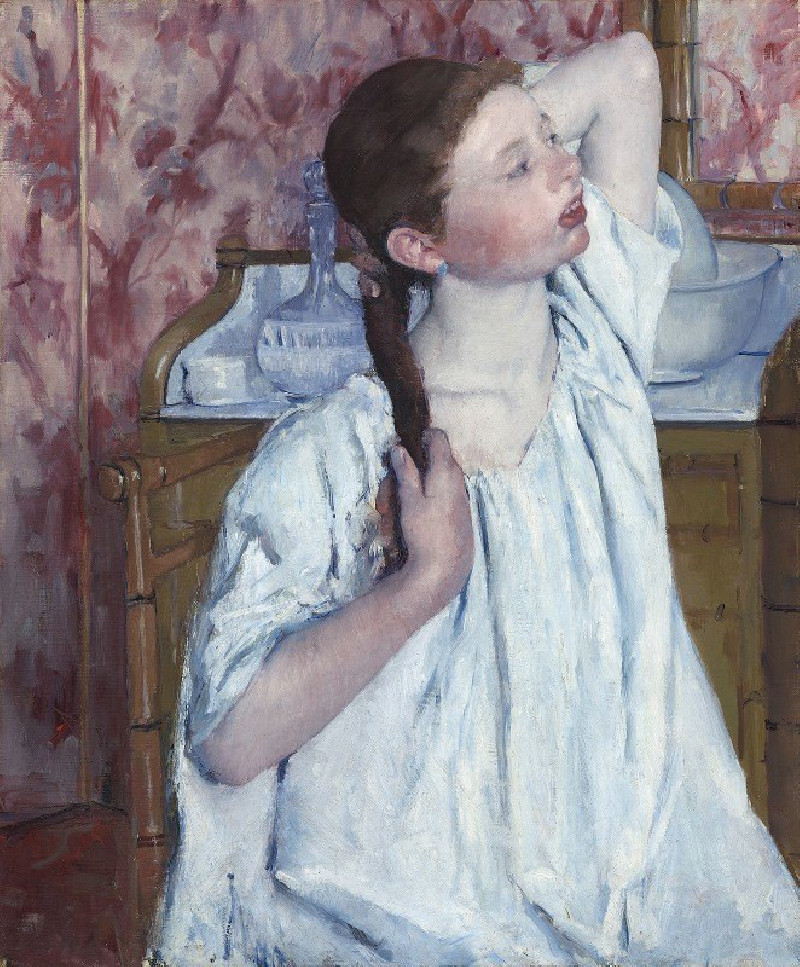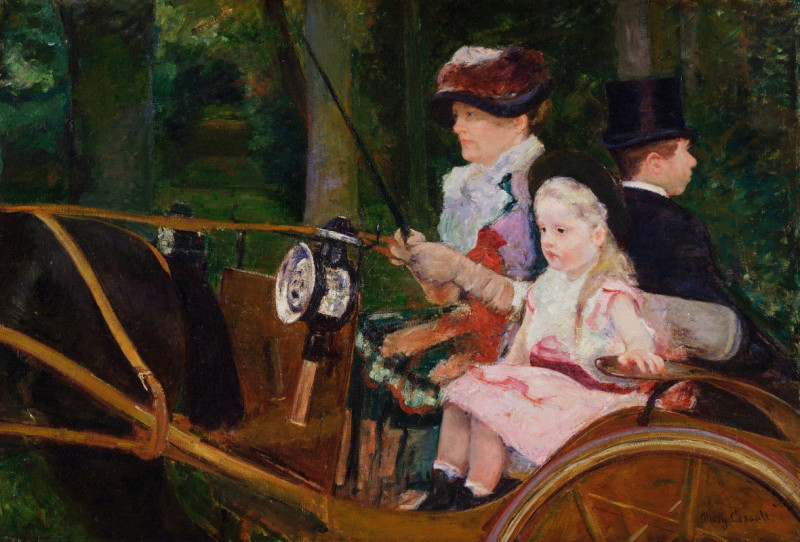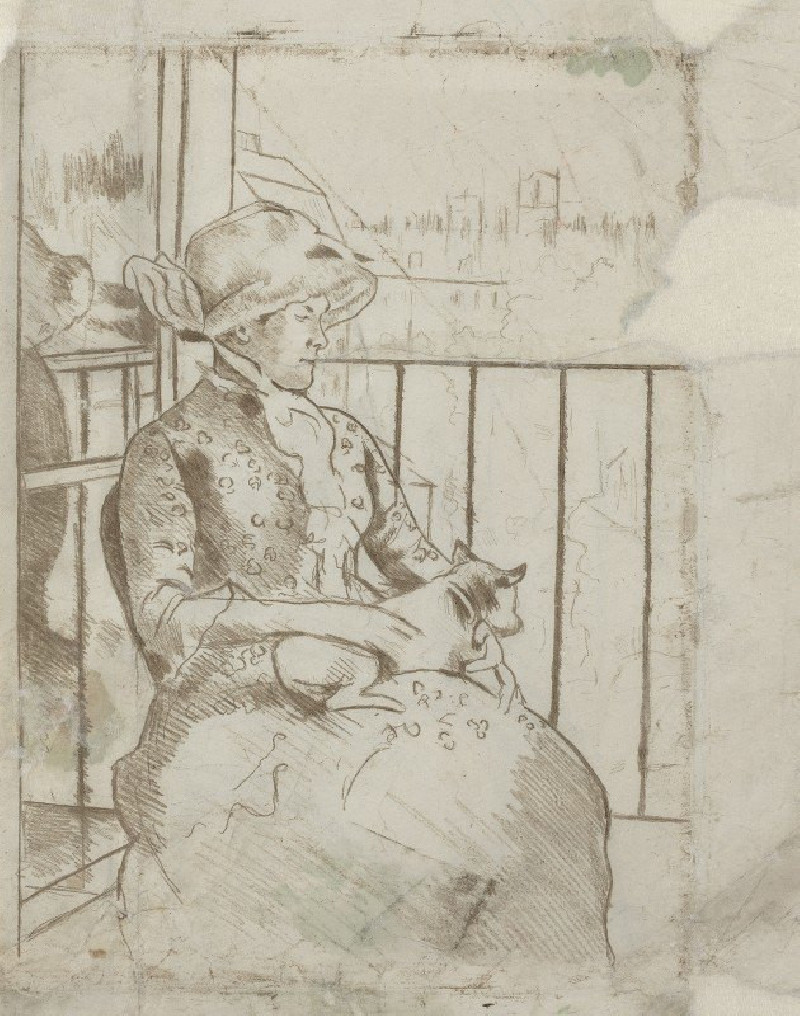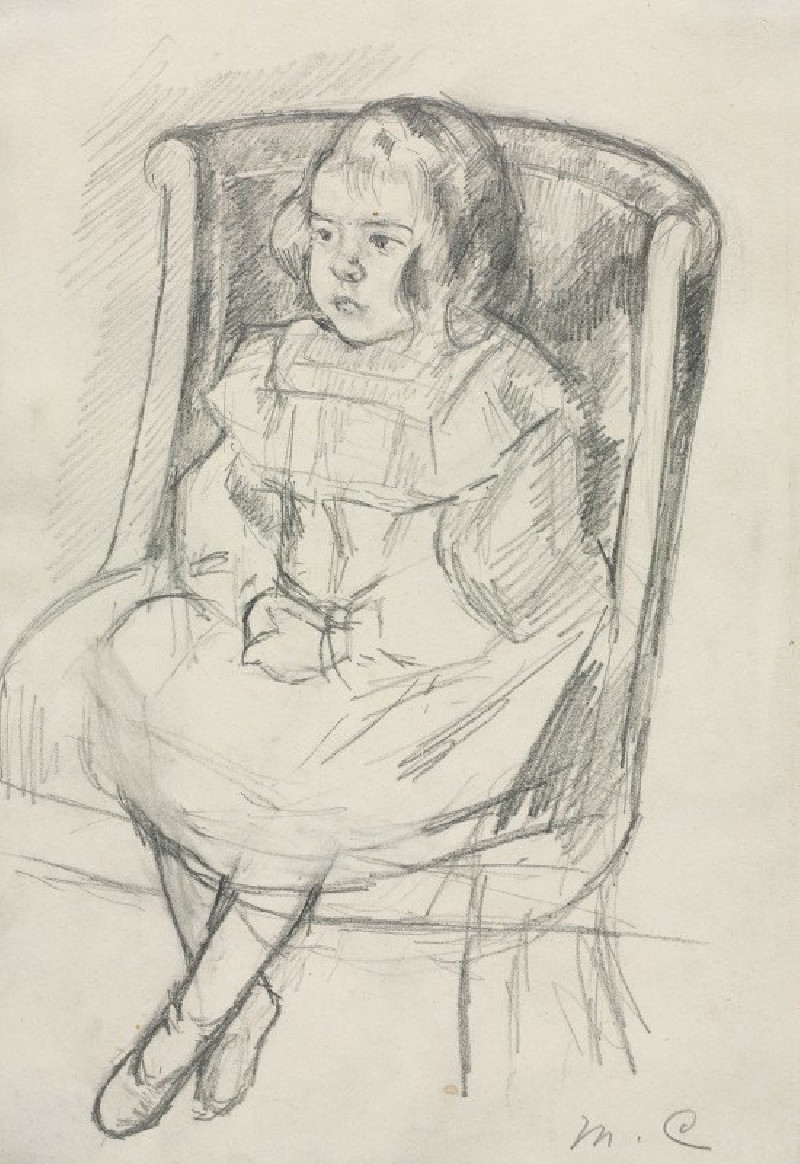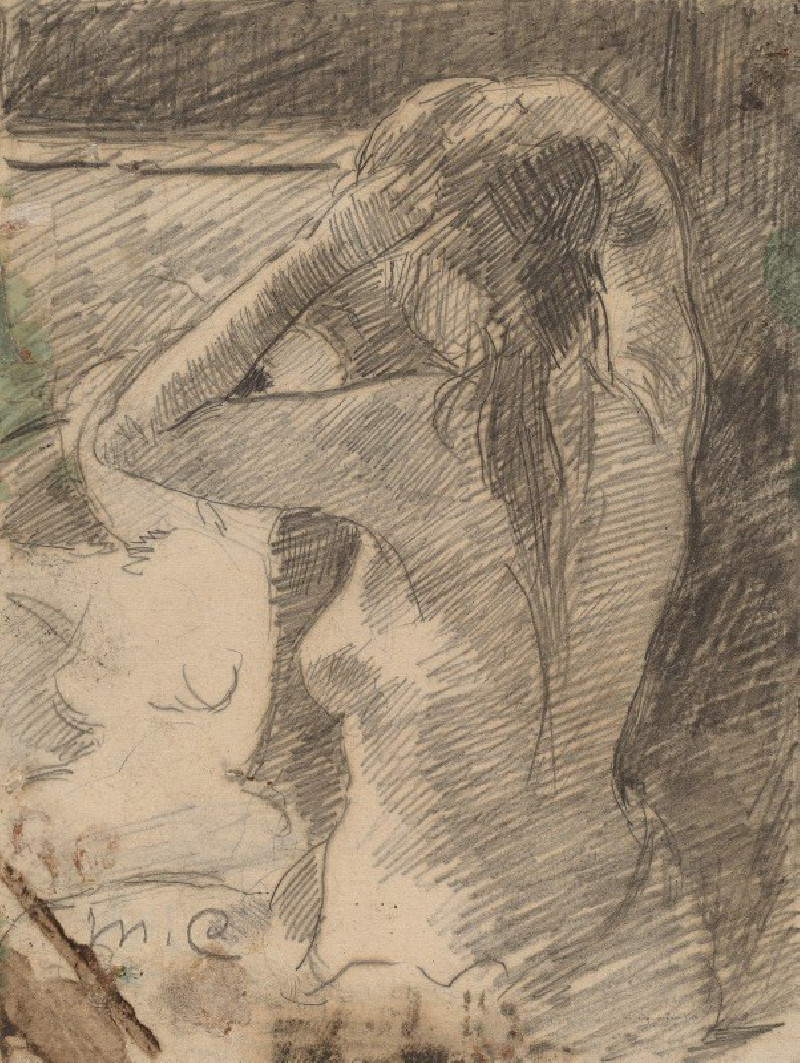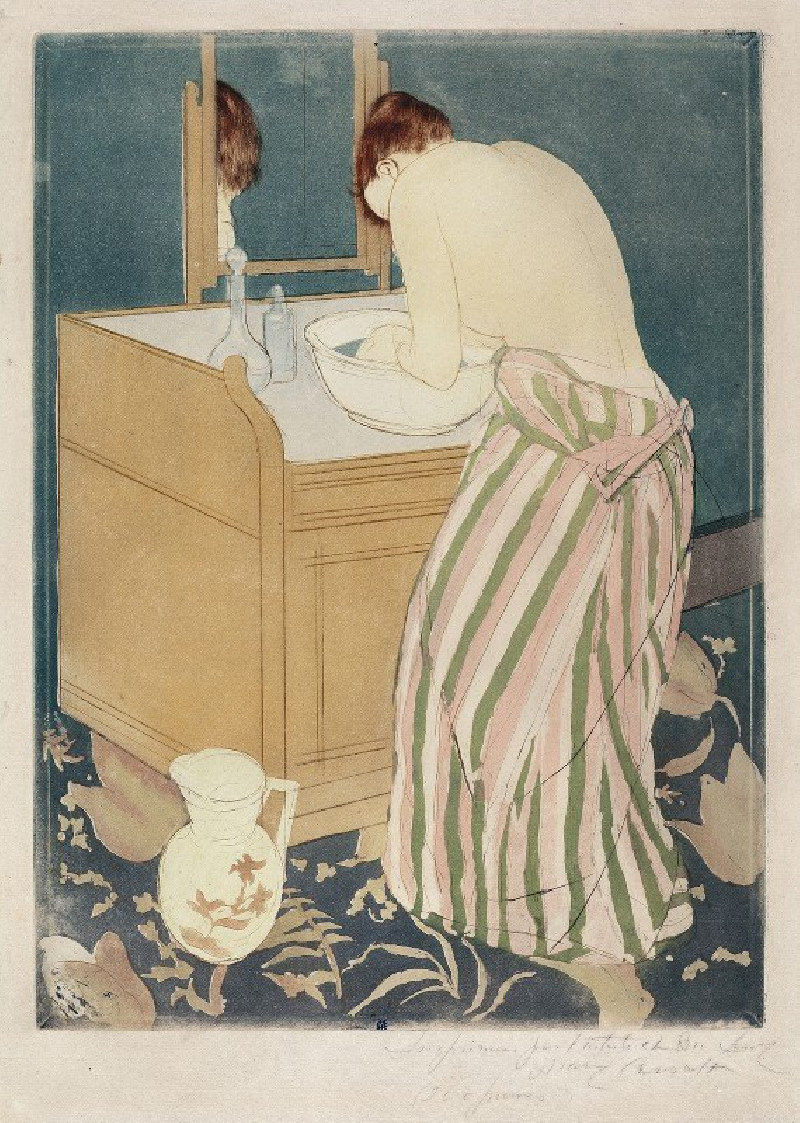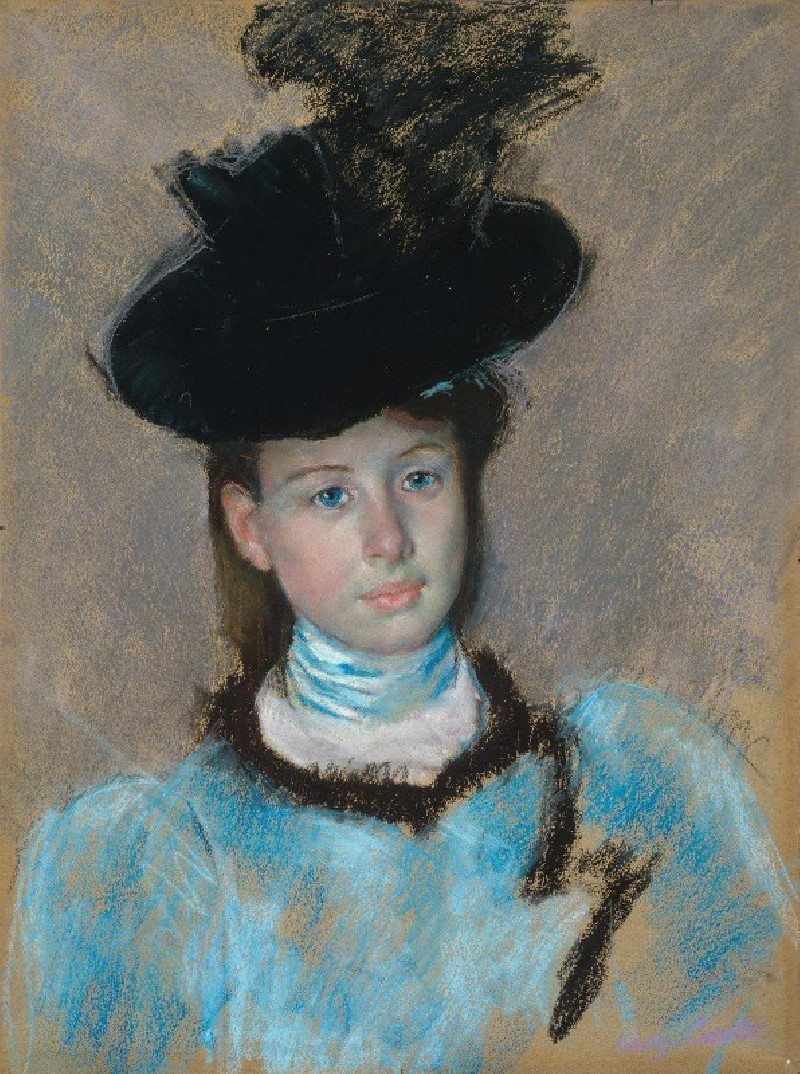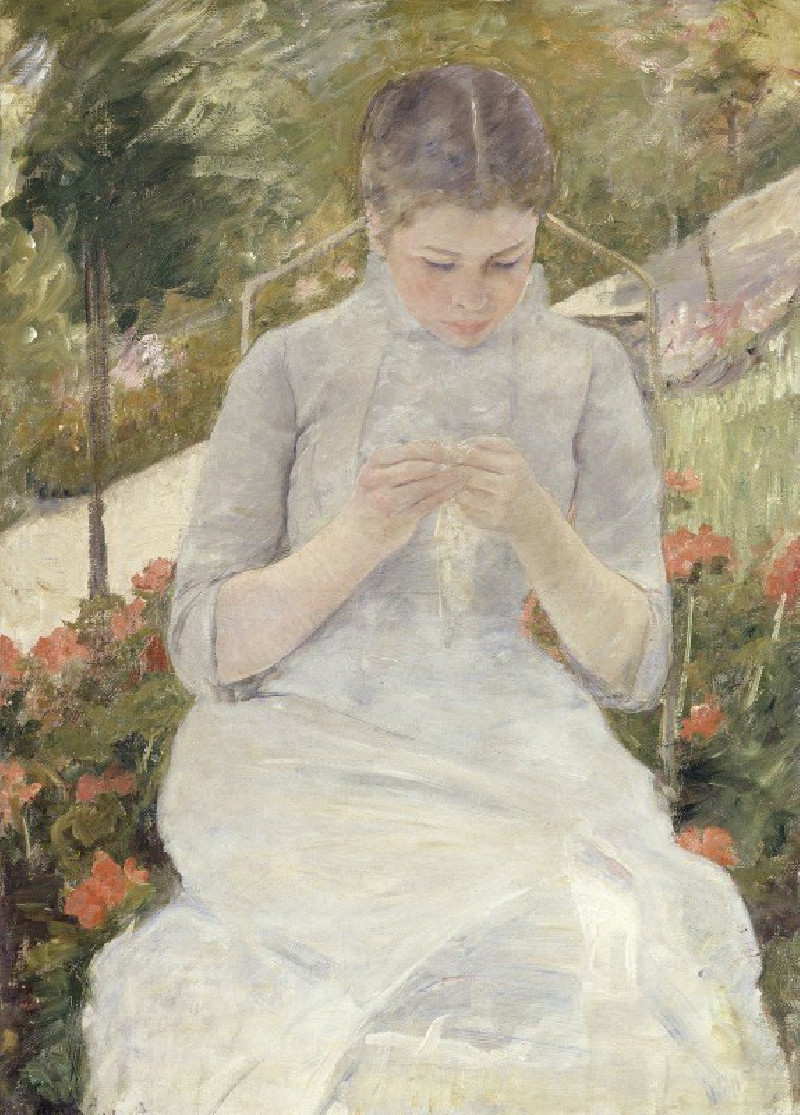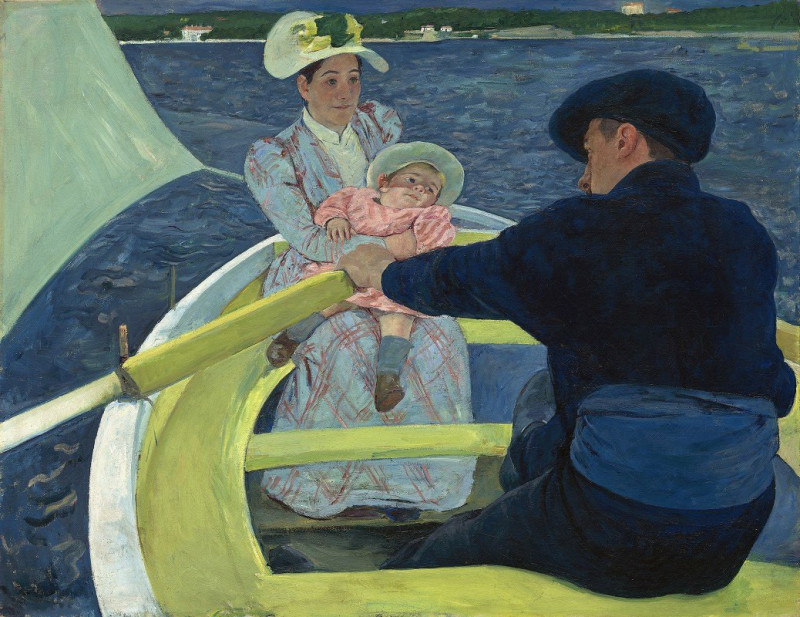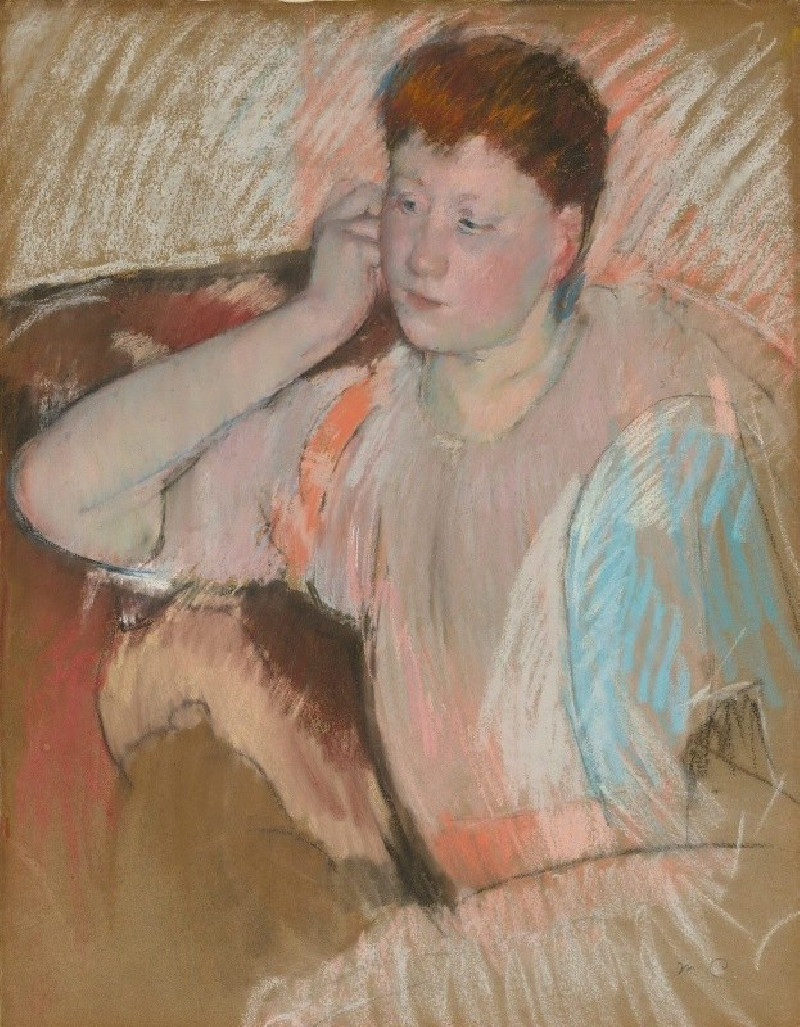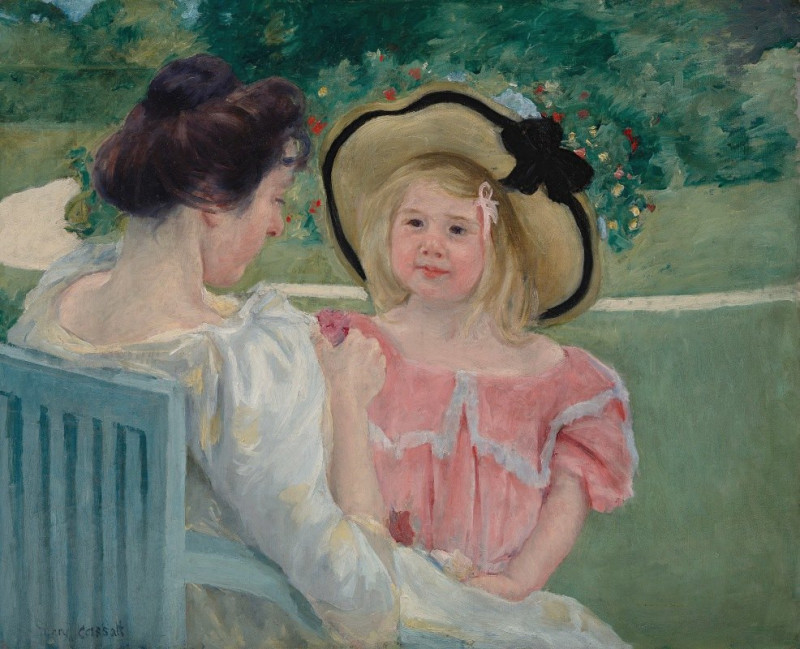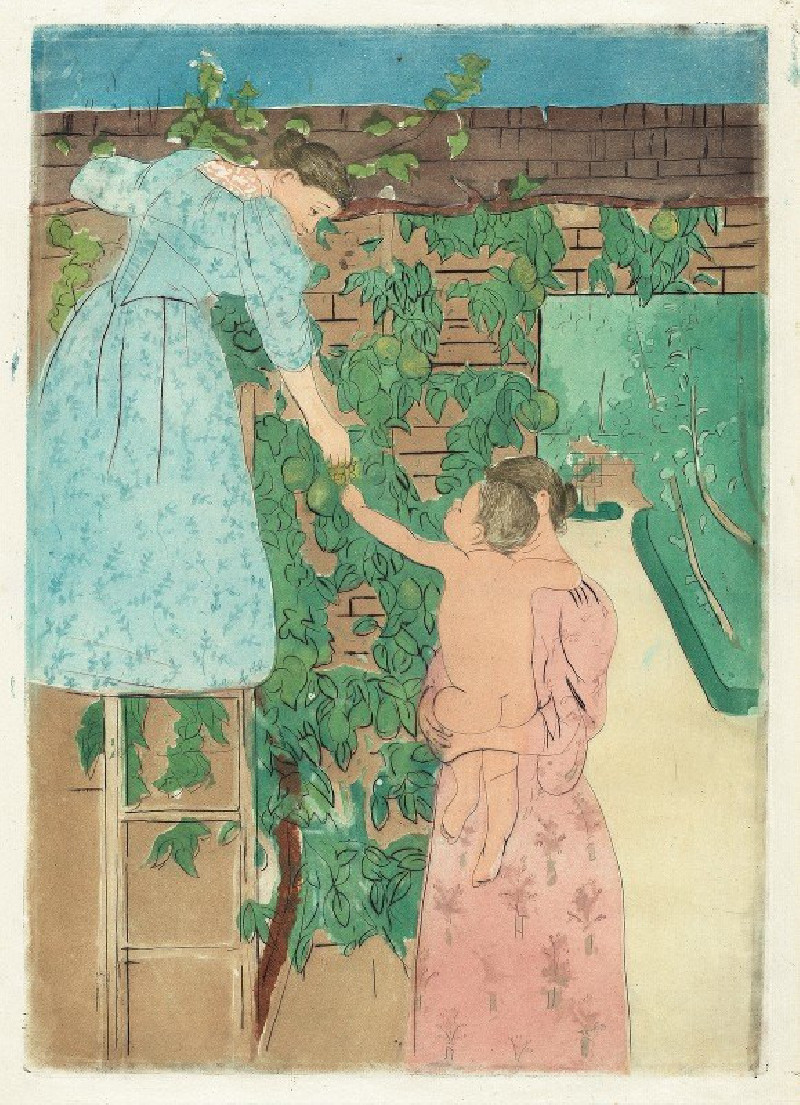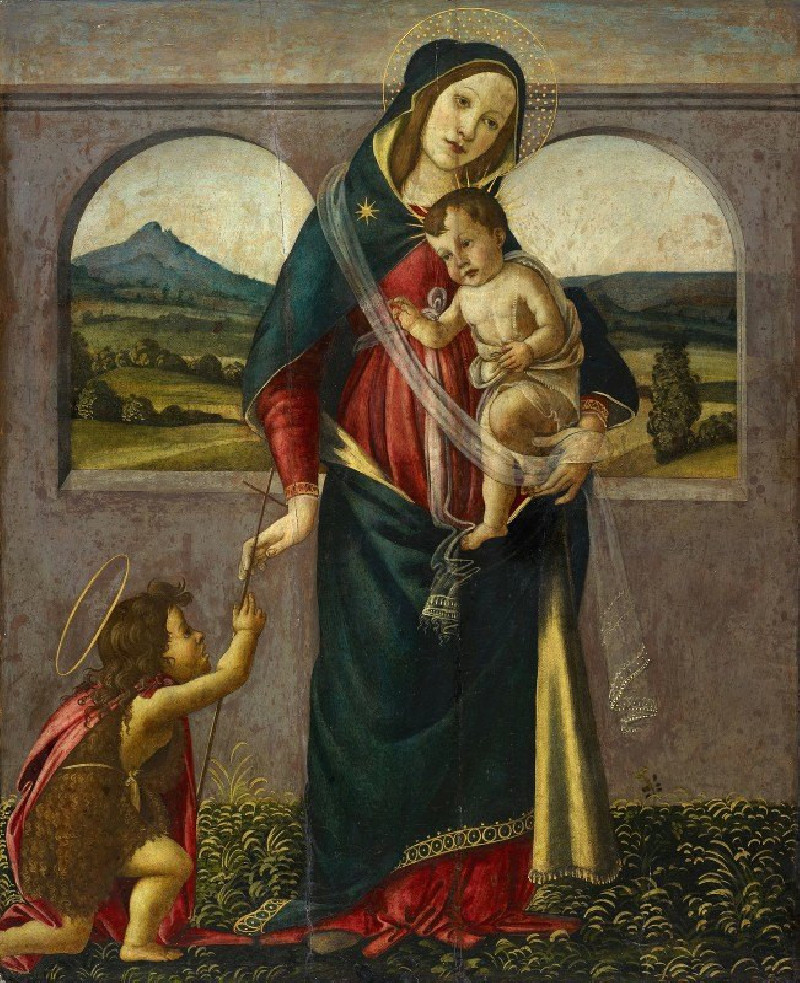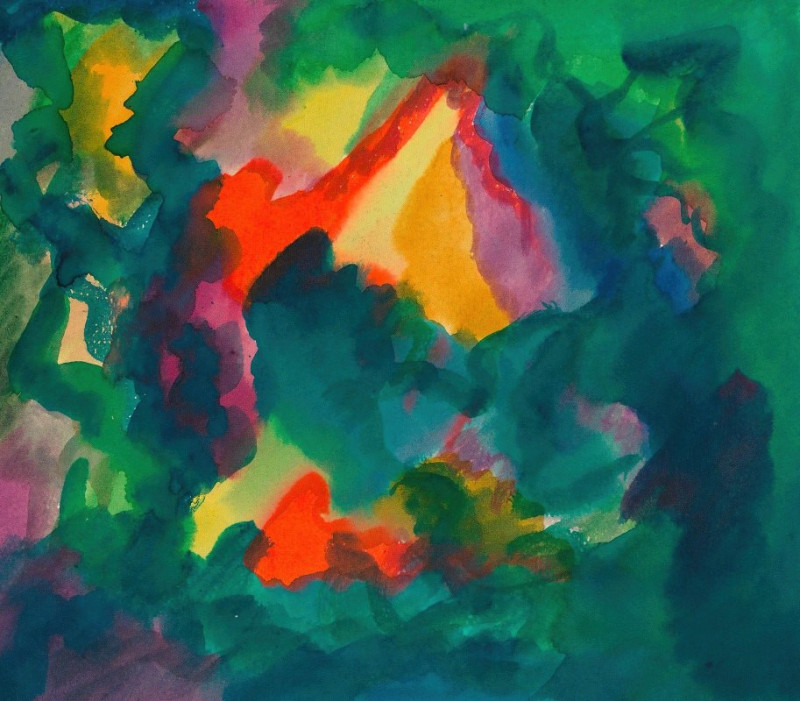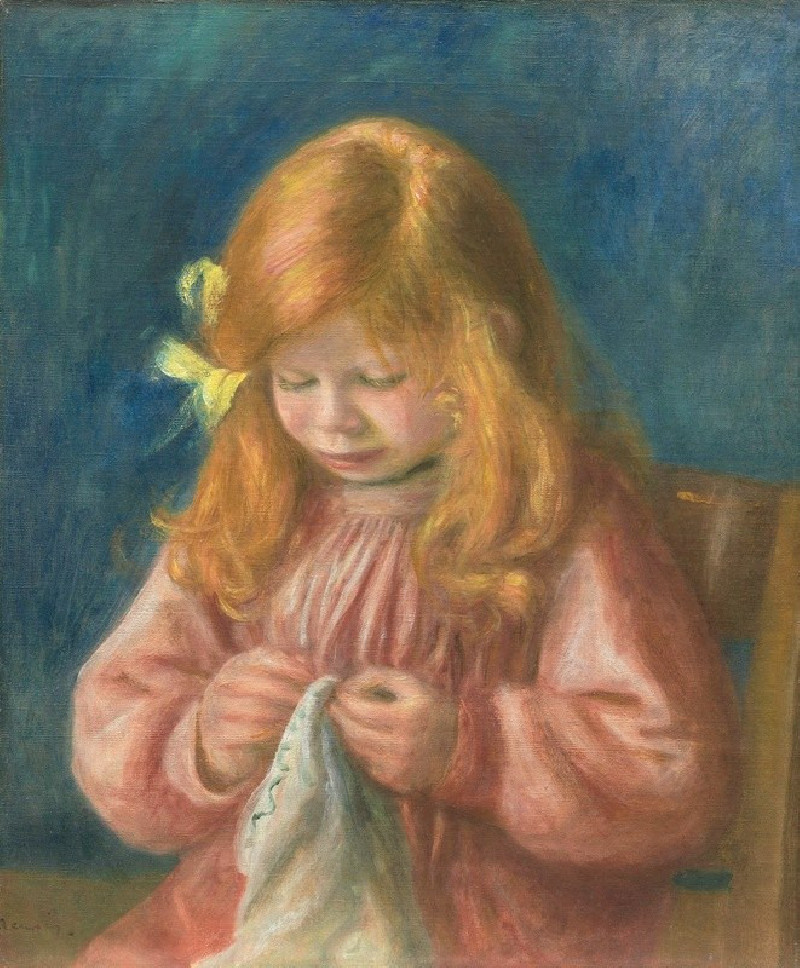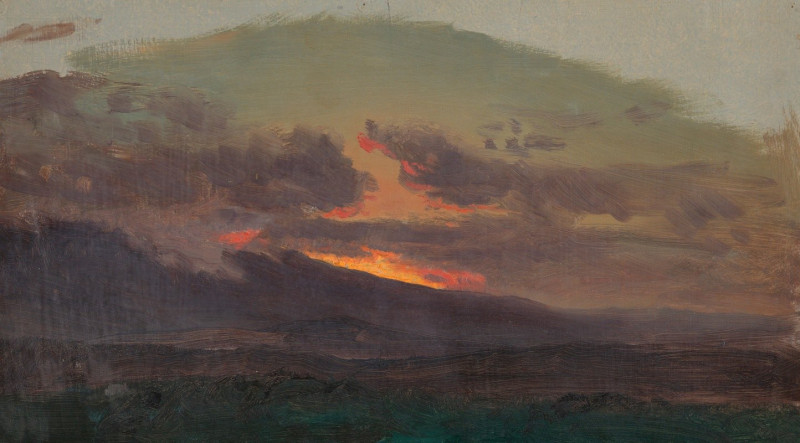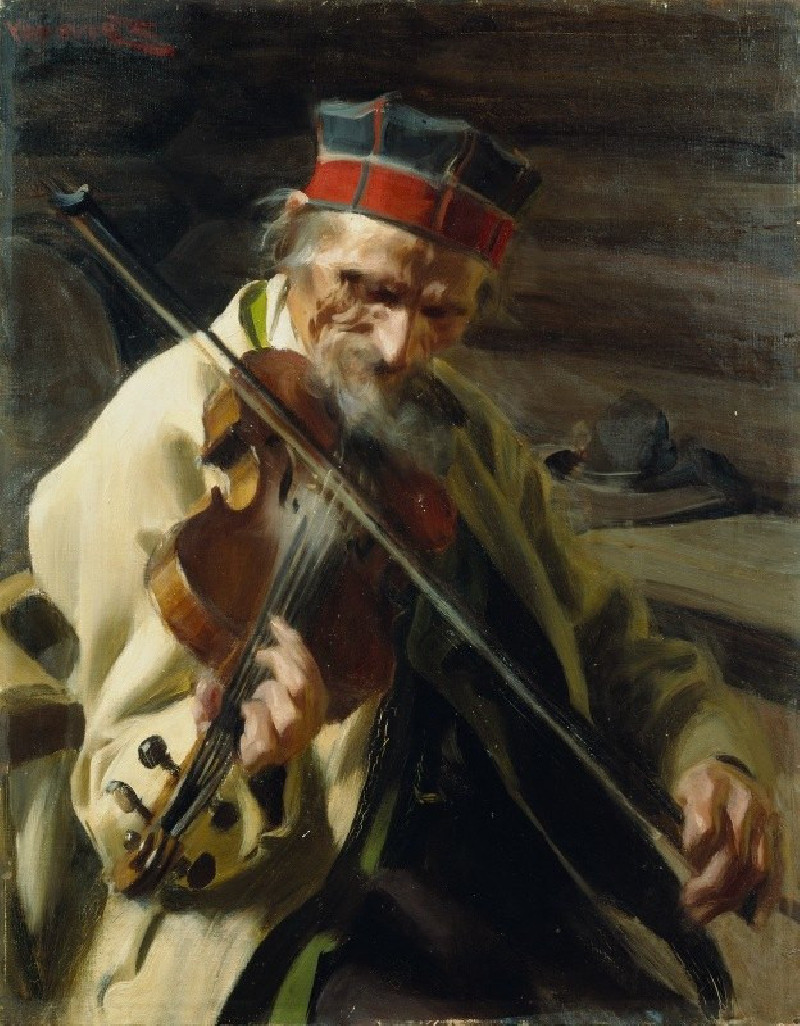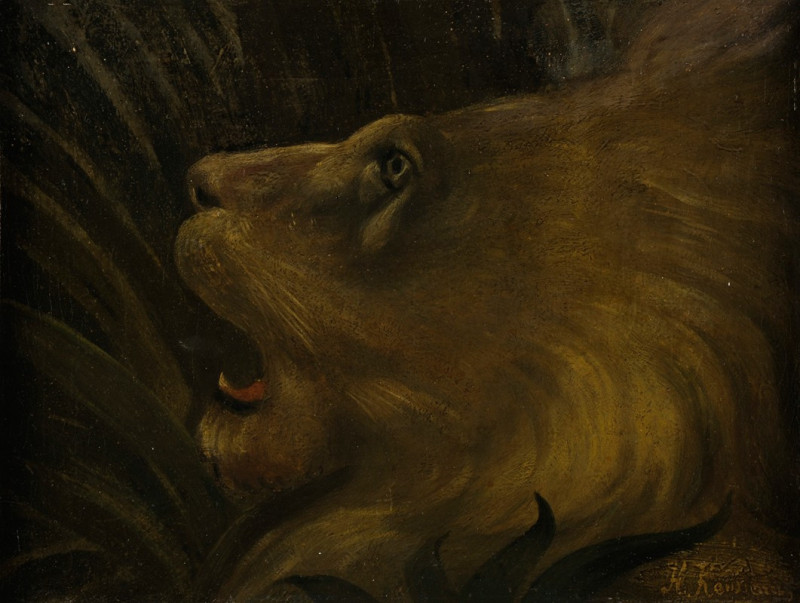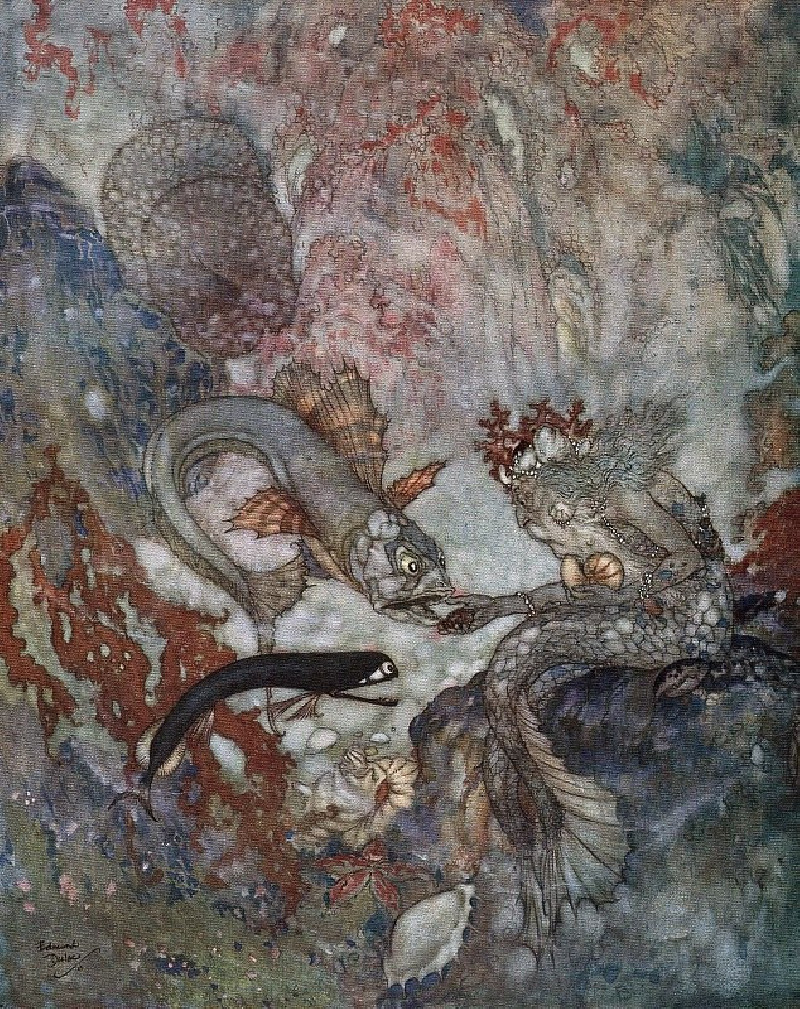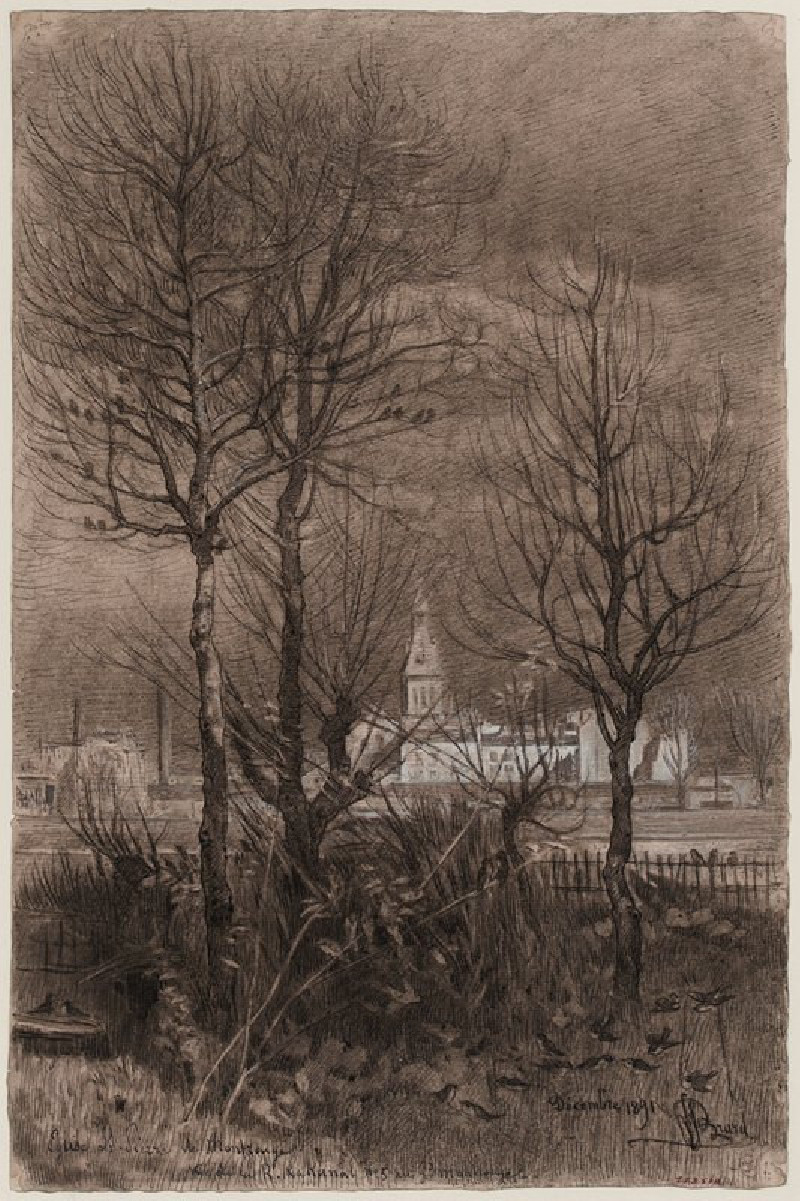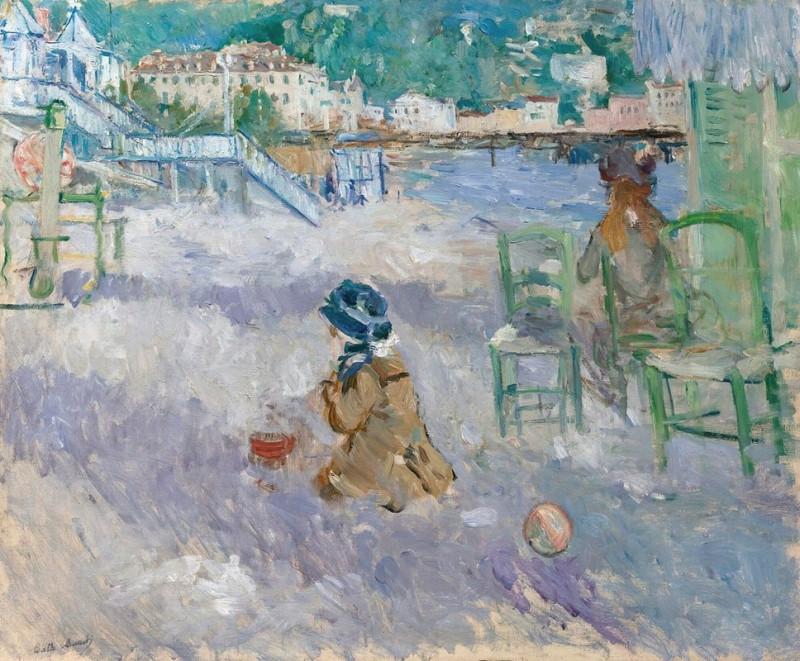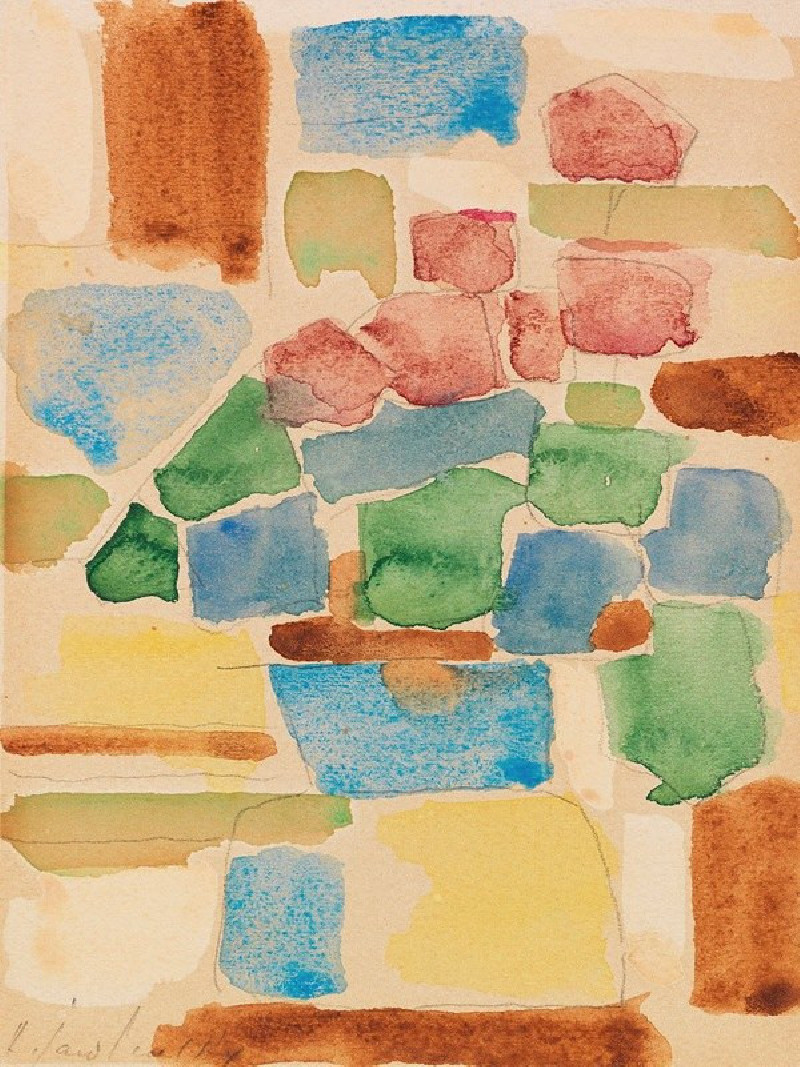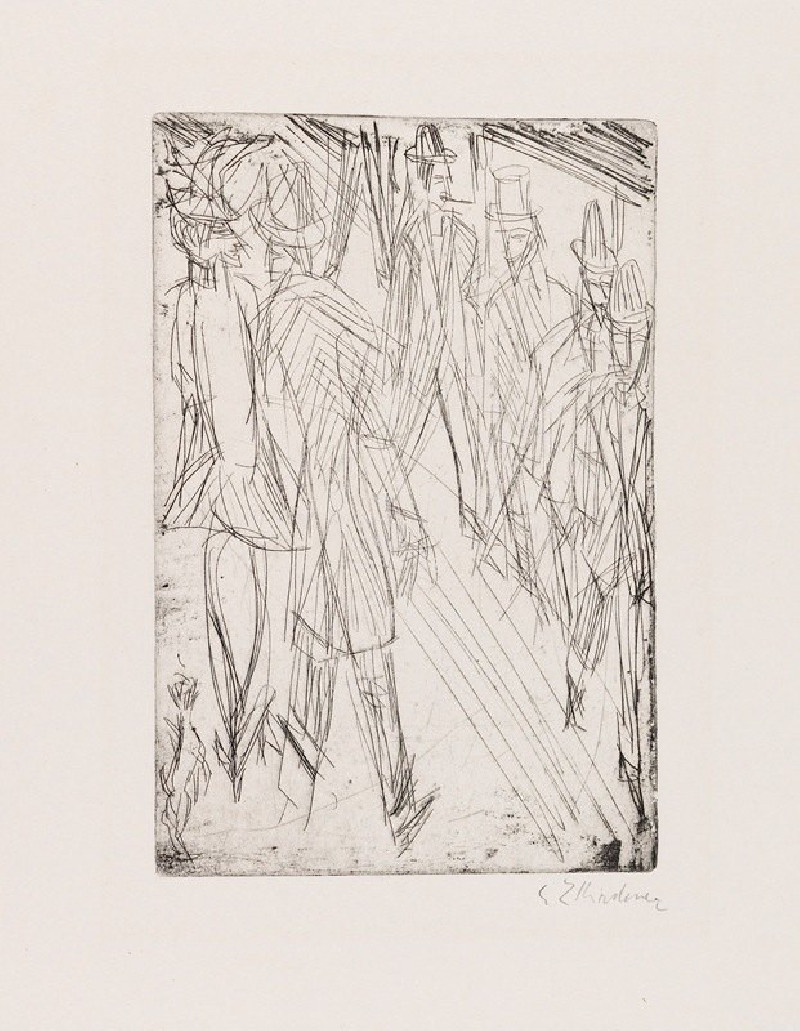Mother And Child
Technique: Giclée quality print
Recommended by our customers
More about this artwork
In the painting "Mother and Child" by Mary Cassatt, we see an intimate and tender depiction of maternal love. The artwork showcases a mother and her young child in a domestic setting. The mother, adorned in a yellow dress with a large sunflower pin, sits with a serene expression as she supports her nude child seated on her lap. The child, who is engaging with a small mirror, holds it aloft, captivated by their reflection. The scene is imbued with light, warm colors, and soft brush strokes, enhancing the gentle and affectionate atmosphere.Cassatt's skillful use of composition and color emphasizes the connection between the mother and child. The mirror not only serves as an object of fascination for the child but also metaphorically reflects the bond between the duo. The use of impasto, where paint is laid on an area of the surface in very thick layers, is particularly noticeable in the rendering of the mother's dress and the bold sunflower, adding depth and texture to the painting.Overall, the painting captures a moment of everyday life, elevated through Cassatt’s impressionistic style, rich in emotion and visual appeal. The interaction between the mother and child, full of warmth and nurturing care, is a classic theme that resonates with Mary Cassatt's recurring focus on the social and private lives of women in the post-impressionist era.
Delivery
Returns
Mary Stevenson Cassatt was an American painter and printmaker. She was born in Allegheny City, Pennsylvania (now part of Pittsburgh’s North Side), but lived much of her adult life in France where she befriended Edgar Degas and exhibited with the Impressionists. Cassatt often created images of the social and private lives of women, with particular emphasis on the intimate bonds between mothers and children.
She was described by Gustave Geffroy as one of "les trois grandes dames" (the three great ladies) of Impressionism alongside Marie Bracquemond and Berthe Morisot.In 1879, Diego Martelli compared her to Degas, as they both sought to depict movement, light, and design in the most modern sense.

